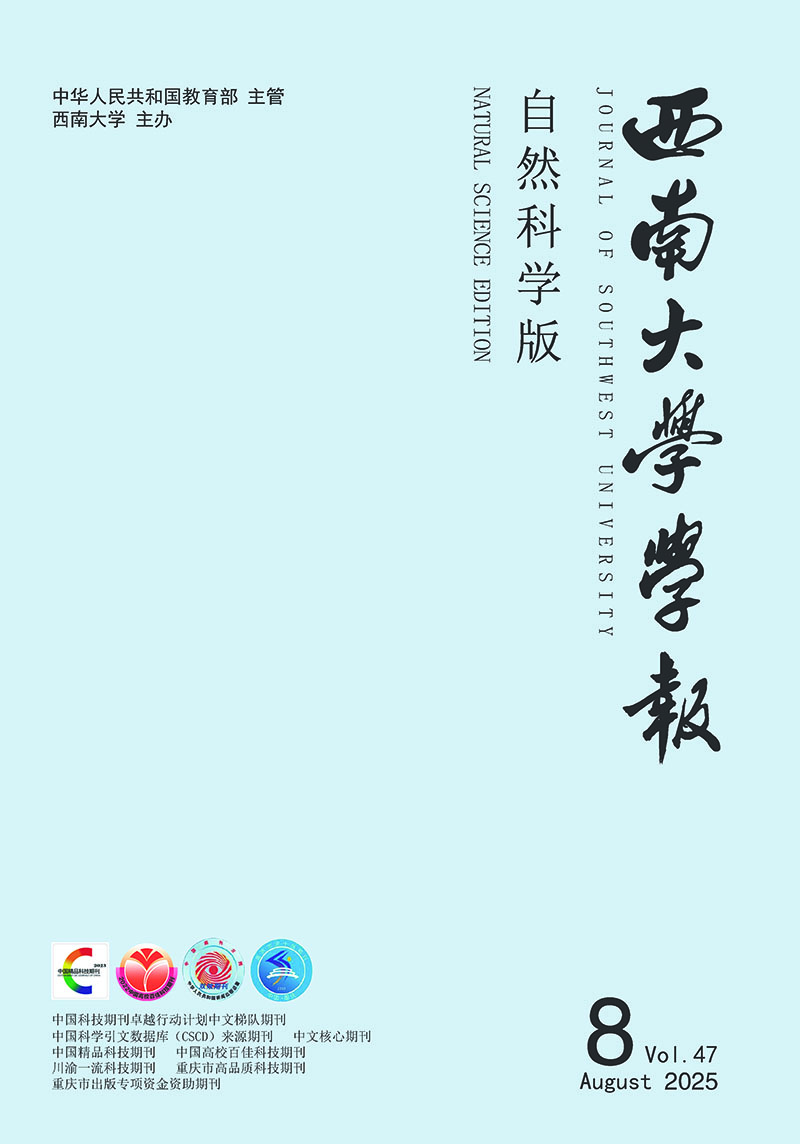An Analysis of the Relationship Between Livelihood Capital and Livelihood Strategies of the Typical Mountainous Settlements in Southwestern China
-
Key words:
- sustainable livelihood,livelihood capital,livelihood strategy,multinomial logistic regression model /
- /
- /
Abstract: Sustainable livelihood of farmers is one of the key problems of solving poverty and fragile ecolog‐ical environment of mountain settlements .The sustainable livelihood analysis framework of UK Depart‐ment for International development (DFID) is used in this paper to analyze the field survey data of the Three Gorges Reservoir area ,so as to study the relationship between framers'livelihood capital and their livelihood strategies .The results show that the five kinds of livelihood capital are highly imbalanced ,the corresponding values of physical capital ,human capital ,financial capital ,social capital and natural capital being 0.490 ,0.379 ,0.245 ,0.073 and 0.069 ,respectively .Regression analysis with the multinomial lo‐gistic model shows that with other conditions unchanged ,the improvement of farmers'human capital ,na‐ture capital and physical capital is beneficial to their conversion from pure farming households to farming‐dominated households ;the improvement of farmers'human capital is beneficial to their conversion from pure farming households to non‐farming‐dominated households ;and the improvement of farmers'human capital and financial capital and the reduction of their nature capital are beneficial to their conversion from the pure farming households to non‐farming‐dominated households .On the basis of the above analysis , three policy recommendations are offered ,i.e. (1) Organize agricultural and non‐agricultural technology training to improve farmers'vocational skills ;(2) In loan policy‐making ,give preference to farmer house‐holds;(3) Encourage prestigious figures who have the ability to integrate migrant laborers to form work groups (wage clusters) based on kinship and geopolitical relationships , which would enhance these households'ability to withstand external market risks .






 DownLoad:
DownLoad: